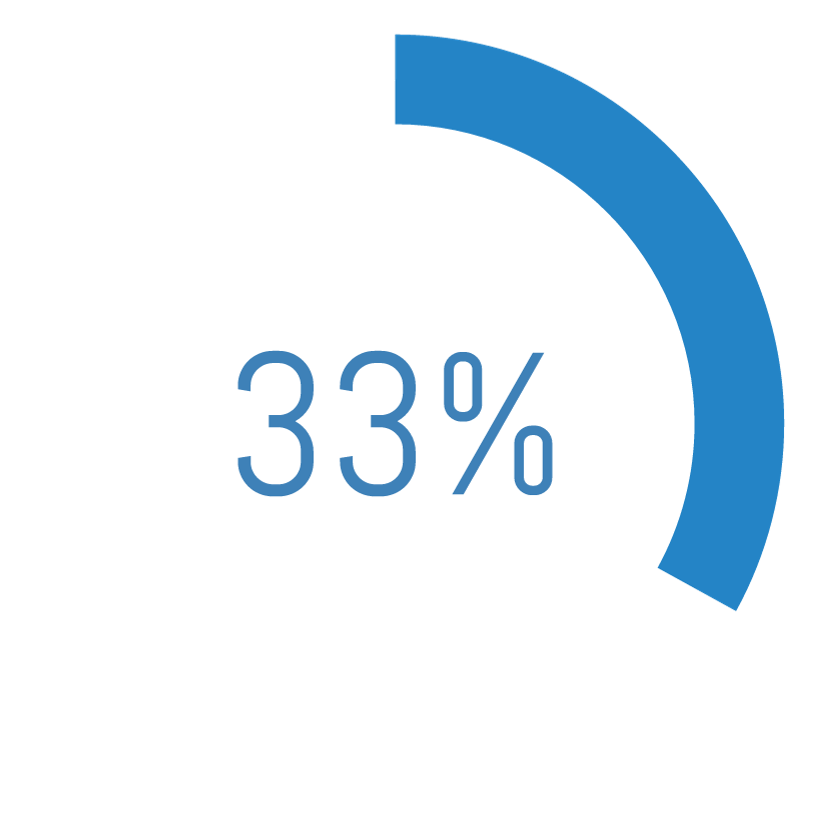The realm of Learning and Development (L&D) is currently experiencing a momentous transformation. The rise of artificial intelligence (AI) and the automation of repetitive tasks are not only reshaping the nature of work but also revolutionizing our approach to learning. As a result, the convergence of intelligent platforms and the evolving landscape of work in the age of AI is instigating a fundamental shift in how organizations should navigate reskilling, upskilling, and employee retention.
The Learning and Development Transformation
Gone are the days of traditional training methods, as the boundaries between human and machine blur in this new era. AI-powered technologies are now capable of not only analyzing vast amounts of data but also predicting skills gaps and identifying personalized learning pathways for employees. The integration of intelligent platforms into L&D strategies enables organizations to offer targeted, adaptive, and just-in-time learning experiences that effectively address the rapidly changing demands of the workforce.
Moreover, the changing landscape of work demands a proactive approach to reskilling and upskilling. With job roles constantly evolving and new roles emerging, organizations must be agile in equipping their employees with the necessary skills to thrive in this dynamic environment. By embracing AI-powered L&D initiatives, companies can efficiently identify skill gaps, create customized learning programs, and provide continuous learning opportunities that foster employee growth and retain top talent.
In this new landscape, employee retention is no longer solely dependent on traditional factors like compensation or benefits. Instead, organizations must focus on creating a culture of continuous learning and professional development. By investing in AI-driven L&D strategies, companies can empower their employees to acquire new skills, adapt to changing roles, and stay engaged in their work. This commitment to growth and learning serves as a powerful tool for attracting and retaining top talent in a highly competitive job market.
As we navigate the future of work in the age of AI, it is essential for organizations to embrace the transformative potential of intelligent platforms and adapt their L&D strategies accordingly. By leveraging AI technologies and reimagining traditional approaches to learning, companies can seize the opportunities presented by this remarkable shift, drive employee development, and ensure they remain resilient and future-ready in the face of rapid change.
Unbundling and Broadening Work

In addition to the changes AI brings, one of the fundamental shifts in the world of work is the concept of unbundling and broadening job roles. Traditionally, jobs were defined by specific tasks and responsibilities. However, with AI's ability to automate repetitive tasks, there's an opportunity to separate work from job descriptions. This means employees can take on short-term challenges, tasks, projects, or assignments that span job titles and departments.
This separation of people from their jobs allows them to be seen for the value of their full range of skills, interests, and experiences and allows them to be seen as unique individuals. Culturally, this can help create an atmosphere of engaged, satisfied workers.
On the flip side, Deloitte suggests an alternative approach—increase the scope of a job to focus on overall outcomes or specific problems to be solved. This approach allows employees more latitude in defining how they achieve these objectives, with the potential for more integrated roles that better serve the business strategy. Placing a higher premium on unique human abilities and qualities like curiosity and creativity (while delegating rote, less strategic tasks to AI) opens an entirely new world of possible innovation.
The potential of de-coupling output/outcomes from job roles also supports a dynamic marketplace in which industry shifts are ongoing. According to data from the World Economic Forum, more employers estimate that almost half of their employees will experience skills disruption in their roles over the next five years. Not only does this leave people in a precarious professional position, but it also puts the overall business in peril.
The Future of work and Learning and Development
The future of work is marked by collaboration and communication tools that enable remote work and learning. However, the shift in employee expectations and behavioral changes needed to optimize new work models go beyond technology. Thriving in the post-pandemic era requires an adaptive skillset and a continuous learning mindset. Therefore, the ability to learn, unlearn, and relearn is crucial for long-term relevance and success.

According to Gartner, the need for new skills is increasing so rapidly that it is becoming difficult for people to learn fast enough to meet the business imperatives of any given enterprise.
By 2024, 33 percent of the skills required in the average job posting today will no longer be needed.
Why Learning and Development leaders need to embrace Agile learning
To keep pace with organizational goals, L&D leaders need to embrace agile learning. This approach involves seeing and understanding real-time shifts in skills, deploying skilling and re-skilling in real time, and making dynamic decisions as needs change. Ultimately, pairing technological advances with talent strategies will create a culture of workforce dexterity, which is critical for organizational and personal success in the coming decade.
Agile learning is not just a method of acquiring new skills, it's a mindset that prioritizes constant adaptability and collaboration. According to Gartner, this approach to learning is guided by a set of values and principles that emphasize continuous improvement. Agile learning requires personalized learning journeys that start with understanding an employee's existing skills and future skill needs. The process should be customized for each individual, utilizing technology to deliver targeted personalization at scale. Rather than predicting specific skills, agile learning focuses on foundational skills like critical thinking, problem-solving, resilience, and active learning that will be essential in 2025. To accelerate the skilling timeline, learning accelerators can be used to provide just-in-time training based on existing skills, while delivering content into the applications where people work is critical for providing real-time support.
Multidisciplinary collaboration is also essential for agile learning. Engaging with talent acquisition, strategy, operations, compensation, DEI, and employee resource groups can help develop real-time skills intelligence. Employees should be empowered to explore opportunities in different parts of the organization, creating a diverse skill portfolio supported by a cross-functional community of peers. To provide learning when and where it is needed, an omnichannel approach to learning is required. Ultimately, agile learning connects motivated, self-directed learners to an organization's strategic results. By prioritizing adaptability, collaboration, and continuous improvement, organizations can develop a workforce that is better equipped to meet the demands of a rapidly changing world.
Are you satisfied with the current state of your content strategy?
Access one of our most popular product tours — "Accelerate your Content Strategy to Drive Better Learning Experiences" where our content experts, Mike and Chris explore the future of content strategy and how to accelerate your organization's learning curve.





